Tamron 150-500mm F5-6.7 VC VXD (A057) Review
Dustin Abbott
June 8th, 2021
The Sony FE catalog of lenses is one of the most robust ever. Sony’s bet on developing a more open source platform and welcoming third party development has really paid off, as at most focal lengths photographers have a plethora of choice. The lone exception to this has been at longer telephoto lengths where both first party Sony options along with third party lenses have been rare. I found Sony’s development of the FE 200-600mm F5-6.3 G OSS lens in 2019 very welcome because it gave Sony shooters the first long lens with a somewhat affordable price point. I gave it very high marks in my review and eventually purchased one for myself. That lens has largely gone unchallenged since its release, with only the Sigma 100-400mm F5-6.3 DN OS coming to market as an affordable alternative, though that lens was limited by being incompatible with extenders and thus topping out at 400mm of reach. I found in my review that focus wasn’t quite up to Sony standards during tracking, either. But now we have a more direct competitor, and with the “Tamron on Sony” advantage of having direct access to focus algorithms due to Sony having a financial stake in Tamron. My experience has been that the Tamron lenses with RXD and VXD motors focus essentially as well on Sony as native Sony lenses. That makes the Tamron 150-500mm F5-6.7 Di III VC VXD an interesting proposition, particularly when you consider that its price point of $1399 USD positions it about $600 cheaper than the Sony 200-600G. The photos and tests that I share as a part of my review cycle of the A057 (Tamron’s code for this lens) have all been done with the new Sony Alpha 1 which will serve as my benchmark camera for the foreseeable future (my review here).
Tamron has taken a completely different approach to this design than what Sony did, electing to design as compactly as possible. That makes this lens a MUCH easier lens to store and/or travel with, as you can see above. They accomplished this by creating an externally zooming design and a smaller-than-typical maximum aperture on the long end of F6.7. It used to be that pretty much all lenses conformed to a maximum aperture standard of F5.6, as this was considered the limit of what the focus systems in many DSLRs could handle. Anything smaller and the focus system didn’t get enough light to effectively focus, and, in many cases, the focus system would just refuse to autofocus at all if a combination with a smaller maximum aperture was mounted on it (say an F5.6 lens along with a 1.4x TC, resulting in a maximum aperture of F8). Tamron and Sigma did have some lenses with a maximum aperture of F6.3, but they accomplished that through a bit of electronic trickery that told the camera the maximum aperture was actually F5.6. That limitation does not exist with many mirrorless cameras, though, and Canon has even produced a few RF telephotos lenses with a maximum aperture of F11. The 150-500mm VXD is less extreme, and the maximum aperture at 500mm of F6.7 is two-thirds stop smaller than F5.6 but only one-third stop slower than the maximum aperture of F6.3 found on the Sony 200-600G. The difference between the lenses is less pronounced when they are fully zoomed out as the Sony lens is internally zooming.
Like many recent Tamron lenses, the 150-500mm VXD has a very strong performance at minimum focus distance, with two different magnification levels at the wide and telephoto ends. At 150mm you can achieve nearly a 1:3 ratio of magnification (0.322x), which is extremely useful:
Tamron recognized that this focal range is just too long to rely solely on the in-body-image-stabilization of Sony bodies, so this is the first of their full frame lenses for Sony FE that has Tamron’s VC (Vibration Compensation) optical stabilizing system. The A057 also has their high speed, high torque VXD (Voice-coil eXtreme-torque Drive) linear motor focus system. This is an impressive lens on paper, but what is the real life performance like? Is this a serious alternative to the admittedly large but also excellent 200-600G? That’s what I attempt to answer in either my text or video reviews. You can read on to find out my conclusions, or click on the thumbnails below to watch the video review below.
Follow Me @ Patreon | My Newsletter | Instagram | Facebook | DA Merchandise | Flickr | 500px
Thanks to Tamron USA for getting me an early loaner of the lens. As always, this is a completely independent review.
A057 Build and Handling
Tamron has a tried and true formula on Sony that they’ve largely stuck to until this point. That has included weather sealing, no switches on the barrel, a standard 67mm front filter thread, no aperture ring or focus hold button, and a reliance on Sony’s IBIS (In-Body-Image Stabilization) to handle the optical stabilization. The nature of the A057 means that the blueprint simply doesn’t apply here, and in many ways this lens looks more like the G2 lineup from the DSLR days. We’ve got a tripod collar, four switches on the barrel plus a zoom lock, a clutch mechanism, VC (Vibration Compensation, or an optical stabilizer), an 82mm front filter thread, and a substantially larger lens than anything we’ve seen from Tamron on Sony before. In fact, the weight of the 150-500mm VXD is only 110g lighter than the Tamron 150-600mm G2 lens despite having a smaller zoom range, a smaller maximum aperture, a smaller size (the 150-600 G2 was 108.4 x 260.2mm while the new lens is 93 x 209.6mm), and being made for mirrorless. That tells me that the A057 has a robust build and some serious optical construction packed into that more compact body. Here’s a look at basic specs and comparisons against some other alternatives.
On Sony, obviously, the physical comparisons to the DSLR lenses are not particularly relevant. In fact, most relevant to the discussion will be two lenses, most likely. The first is the smaller, lighter, and cheaper Sigma 100-400mm DN, while the latter is the bigger, heavier, and more expensive Sony 200-600mm OSS. If you want to go as light as possible (and don’t need 500mm of reach), then the Sigma might be an attractive option, though its not quite in the class of the Tamron on a number of levels. Those wanting more reach are going to more seriously consider the Sony 200-600 G as an alternative. As we’ve seen in our introduction, however, Tamron has taken a very different approach to design relative to the Sony. Let’s quickly break down a few design advantages for Tamron’s approach:
- The retracted Tamron lens is about 41% shorter
- The Tamron will fit in far more carry solutions, and might allow you to transport with the camera mounted and ready for use
- The front filter thread is a much more common 82mm vs 95mm for the Sony
- The Tamron switches are more definite and easier to use
- The Tamron is 215g lighter
- The Tamron has higher magnification figures and more versatile MFD distances
- The Tamron tripod foot is Arca-swiss
A few Sony advantages:
- The internally zooming design makes it easier to use in the field
- Many photographers trust the weather sealing of internally zooming lenses more
- The Sony has a focus hold button (x3)
- The Sony can be used with teleconverters
- The Sony has an additional 50mm in zoom range
There’s some give and take here, obviously. I prefer the ergonomics of the Sony once I’m in the field, but I prefer the Tamron for storage in between and for getting there due to its externally zooming design. As noted, the Tamron is very compact when the zoom is retracted. It’s dimensions are only slightly larger than the Canon 100-400mm lens I had standing in for the Sony 100-400 GM (the two lenses are extremely similar in size).
The Sony is in a completely different class of size, obviously. The differences become even more pronounced with the lens hood attached, as the A057 has a much more compact lens hood relative to the large, deep one found on the Sony. The Tamron presents a substantial yet compact form when not zoomed out.
The lens extends nearly 8cm when zoomed to 500mm (about three inches), so that does cause the gap between the sizes of the lenses to close somewhat.
The zoom action is smooth with about 75° of rotation to achieve full zoom. While this is a good performance, it can’t quite compare to the even smoother, quicker performance of the Sony’s internal zooming mechanism.
A lot of photographers have strong reservations about the sealing of any externally zooming lens. I personally haven’t had issues with professional grade, well sealed externally zooming lenses, but neither do I live in an extremely dusty or moist climate. Tamron has done a thorough job of weather sealing the lens, however, with seal points that begin at the lens mount and extend throughout the lens to a fluorine coating on the front element. I see roughly 11 seal points as a part of the design.
Time will tell how effective the sealing is, but I haven’t heard anecdotal negative feedback from my audience over the sealing on other Tamron lenses for Sony. If you live in a high impact environment and have concerns over sealing, you might want to consider the Sony 200-600 G instead, as it is basically the only lens in this class with an internally zooming design.
While Sigma has taken a lot of design cues from Sony for some recent lenses (aperture ring, focus hold button, declickable aperture), Tamron has stuck with their tried-and-true DLSR design. There is no focus hold button, but there are some other innovative features. There are four switches in a raised bank on the side of the lens, and I find the switches to have a more substantial, definite feel relative to those found on the Sony 200-600. The first switch is a three position focus limiter that gives you the option to have the full range of focus available or to restrict either the distant focus (greater than the 3m) or close focus (15m and beyond). Using a focus limiter can be even more important when using a lens with close focus abilities like this one, though autofocus is fast enough that I rarely resorted to the focus limiter.
The second switch is an AF/MF switch, followed by an ON/OFF for the VC. The third switch gives you an option of three different modes for the Vibration Compensation system. The first is the standard mode for general purpose, mode 2 is for panning, and mode three is called “Framing Priority” which seems to engage the stabilizer a little more actively in the viewfinder and would probably be the preferred mode for video. The VC system seems to work smoothly, though it is basically impossible to determine if the system works in concert with the IBIS in your camera (if so equipped). I saw pretty typical results from the VC, with a reasonably stabilized viewfinder image and fairly good results at low shutter speeds, though that’s not really the best use of these systems. The first shot here is a 150mm shot taken handheld at 1/8th of a second, and the second is a 1/30 second handheld at 500mm.
Neither is what I would call “tack-sharp”, but both are acceptably sharp even on a 50MP sensor. More importantly is that I got reliable results with static subjects in moments when my shutter speed dipped to 1/100th or so.
One very cool new feature here is a clutch mechanism on the zoom ring that allows you to move the zoom ring forward and look the zoom position. A white ring will show when the zoom position is locked. This works really well in the field, allowing you to pretty much instantly either lock or unlock the zoom ring.
What’s interesting is that the A057 also comes with a more traditional zoom lock as well, and, like usual, it only works at the 150mm position. I see this more as something to use during transport or storage and the clutch mechanism as the preferred method to use in the field.
I also like the tripod collar design. The actual function is pretty typical, with a locking knob that will allow you to rotate the collar 360° to your preferred position, and, if you continue to loosen it, the collar will come off altogether. I like the fact that you can remove or attach the tripod collar with the lens attached to the camera and also that the lens has a finished area underneath where the tripod collar would sit when it is removed. Some lenses have exposed screws or look unfinished with the collar removed. But what I really like here is that the tripod foot is Arca-swiss compatible, meaning that it can easily be mounted onto a tripod without the need for quick release plate. The Sony’s foot is not Arca-compatible, and I have no idea why.
The lens hood is, as mentioned, fairly shallow for such a long focal length, but it seems to do the job and I’m certainly not complaining! It does not have a locking mechanism, but does bayonet precisely and tightly into place. It also has rubberized, reinforced front lip in recognition that often big lenses mounted on cameras will be set down facing downwards and also that things that stick further out in front of a photographer (like a long lens!) are more likely to get bumped on something!
One distinct advantage for the A057 over the Sony 200-600G is when it comes to versatility at minimum focus distance and maximum magnification. The 200-600G is a fairy telephoto lens in this regard, with a constant MFD of just 2.4m (nearly 8 feet) and a maximum magnification figure of 0.20x, which is useful, for sure, but unexceptional compared to the Tamron. Like many recent Tamron lenses, the A057 has a variable MFD with the ability to get closer on the wide end (just 0.6m [23.6 in] at 150mm) than on the telephoto end (1.8m [70.9 in] at 500mm). This gives you an exceptional over 0.32x on the wide end and an also very useful 0.27x on the telephoto end. You also get a lot more flexibility about your working distance with your subject, and the ability to do near-macro work. Here’s what the Sony magnification looks like (1) vs the Tamron at 500mm (2) and then at its highest magnification level at 150mm (3).
In many ways this is one of the most useful variable-MFD lenses, as the working distance even at 150mm is still plenty and so you don’t feel you are right on top of your subject. The A057 is capable of giving you a lot of lovely closeup shots at any point in the zoom range.
This is a definite strength for the lens and adds to its versatility.
The big appeal here is going to be the fact that Tamron has delivered a high quality lens that is going to fit in a lot of places where the Sony 200-600G simply won’t. If you are traveling, for example, that could make all the difference in the world. Different designs appeal to different consumers, and Tamron has delivered a different enough product at a different enough price point ($1400 vs $2000) that I think they will find a unique market. I found the A057 easy to use in the field and easy to transport for a lens that reaches out to 500mm.
Tamron 150-500mm VC Autofocus
Tamron lenses have been fantastic in the autofocus department on Sony (though I’m less impressed with the lenses equipped with the OSD focus system, namely the 20mm, 24mm, and 35mm F2.8 OSD primes). The lenses equipped with either their RXD or VXD linear motors have been fantastic, and the fact that Sony has a financial stake in Tamron has resulted in them having something more akin to first party treatment in terms of focus algorithms and even being able to get firmware updates in camera like first party lenses. Tamron has utilized their high speed, high torque VXD (Voice-coil eXtreme-torque Drive) linear motor focus system in the A057. This is the second lens (following the 70-180mm F2.8 VXD) to receive this particular focus system, so clearly it is a more robust focus motor in terms of torque than the RXD focus motors that they’ve utilized in slightly less demanding lenses. It works very well here, delivering very fast, quiet, and accurate autofocus.
I had an opportunity to compare the A057 side-by-side with what I consider to be its most natural competitor – the Sony FE 200-600 F5.6-6.3 G OSS lens. The Sony focuses amazingly well on Sony’s better cameras (I’ve used it on both A9 and Alpha 1 bodies along with the a7RIII). For most work, you simply won’t notice a difference between the two lenses. Both are very fast, very quiet, and very accurate. We are in a bit of a golden age for focus, and both of these lenses are far beyond what we found on, say, the 150-600mm lenses from Tamron and Sigma that made this kind of zoom range popular on DSLRs.
The Tamron will deliver excellent results in the typical, non-challenging settings like mild action or still subjects…but I fully expected that. What I wanted to know is if it could compete with the Sony for fast action and demanding tracking situations. I found the Sigma 100-400mm DN to be fairly good for tracking, though at something like a 70% keeper rate while the Sony was something more like 97% in comparisons. The Tamron is definitely better than the Sigma for tracking, though still a few percentage points below the Sony in absolute performance. I would put it more at the 90% range. That makes it more than good enough for most photographers in most situations, though there is a caveat if you are shooting with Sony’s action cameras that I’ll detail in a moment.
Once again I turned to my friends at Jengar Goldens) to supply subjects for my tests, and they brought four Golden Retrievers of varying ages to Black Bear Beach along the Ottawa River for me to put these lenses to the test. The great news was that the Tamron proved a great partner for tracking action. My first sequence was one I knew would be difficult, as I wanted the sparkle off the water in the background, but that meant having the light at the back of the dogs (making tracking more difficult). I did notice a few swings where focus moved ahead of the subject, and, towards the very end where the dog was closest and the glare off the water was most intense, I lost focus again, but I had mostly very well focused resulted in what I would categorize as an extremely challenging situation.
I had about an 87% keeper rate, with most of the misses being at the end of each run where the lighting conditions were just a little too challenging. To put that in perspective, that was about 300 shots with 260 well focused results under very challenging conditions. For comparison sake, I got about a 92% keeper rate with the Sony 200-600G in the same kind of sequence, though these results are not entirely scientific. There are too many variables, as the dogs don’t always run the same path, or the same speed, etc…
In other sequences I tracked action laterally, or with the sun frontlighting rather than backlighting the dogs, and my keeper rate rose much higher. Out of about 400 other shots with the A057, I only had 10 that were poorly focused, and they were all from one sequence where a foreground object distracted focus.
It’s worth noting that the dogs were running away from me and there was no eye to track. Fortunately there was some stylistic quality to those shots, so they turned out not to be wasted anyway!
This is a lens that has plenty of speed for tracking accuracy, and, while it isn’t quite as good as the Sony 200-600G, it is probably about 93% as good. It’s definitely a tier above the Sigma 100-400 DN, too.
But there was a burning question I had when Tamron released this lens due to something that has become increasingly obvious as Sony has enhanced its action cameras. I had noted on the a9 and a9II that I didn’t really get the 20FPS top burst rate with third party lenses. It was limited to somewhere around 15FPS. On the a9 it wasn’t a huge deal, as 5FPS isn’t a deal breaker, and if you shoot on the a7, a7R, or a7C cameras, you wouldn’t even see a difference. But my test body is now the Alpha 1, which sports a 30FPS upper limit. With Sony lenses I can in fact achieve that 30FPS, but in my tests I have discovered that third party lenses are still capped at the 15FPS range. I wondered if this Tamron would be different…but unfortunately it is not. I achieved a maximum burst rate of 15FPS in my sequences with the A057 attached, but when I switched over to the 200-600G, I saw the full 30FPS unleashed.
This is obviously an artificial limitation imposed by Sony to help advantage first party telephotos, and it will only affect you if you have the higher end action cameras, but if you happen to own an a9 or Alpha 1 series camera, this is information you probably need to know.
And before we end this section, we’ll have to raise another as well: Sony has limited the use of teleconverters to its first party lenses. 500mm is already a lot of reach, obviously, but the idea of getting out to 700mm with a TC would be attractive to some photographers. If you want the flexibility of using a TC, though, you’ll have to pony up for a Sony lens at this stage of the game. This isn’t on Tamron, as they have delivered a lens with a fantastic focus system, but sometimes as a third party lens maker you have to deal with some barriers presented by the first parties.
I’ll end with a general observation: variable aperture lenses like this are not designed for low light work. That maximum aperture of F6.7 means that in very low light conditions the focus system isn’t left with a lot to work with, as the physical aperture can only open so wide to let in light. This lens (or any similar lens) will work best in decent lighting conditions, be they natural light or good stadium/arena lights. You need to be aware of that if you are purchasing to shoot sports. It also means that if you want to keep the shutter speed up high enough to stop action, you’ll probably be shooting at higher ISO values in an arena, for example. The only alternative, unfortunately, is to buy one of the serious telephoto primes that have a larger maximum aperture and cost 8x as much. Most of us will just make do!
A057 Image Quality Breakdown
Engineering a high performing telephoto zoom that reaches out to 500mm is no small task. Tamron really shook up this segment with the release of their original SP 150-600mm F5-6.3 VC, which, incidentally, was one of my first times to have a lens before the public release date and the ensuing traffic when I released my review literally broke my website. That lens and the following G2 upgraded version have been major success stories for Tamron, and clearly they hope to catch lightning in a bottle again with the A057. Expectations are higher in 2021, however, and the existing Sony 200-600G is very, very good optically. Tamron has an optical design of 25 elements in 16 groups, with five of those elements being LD (Low Dispersion), another XLD (eXtra Low Disperation), and two of them being Hybrid Aspherical elements. You can see the optical diagram along with the MTF charts for both lenses below:
The MTF charts suggest that the Tamron should be quite close to the Sony lens optically at both ends of the zoom range. I went back and looked at the MTF charts from the original 150-600mm VC and found that the new lens shows improvement in both resolution and contrast throughout the zoom range. The new 150-500mm has a reduced zoom range relative to the older lenses, but there’s no question that this remains an extremely useful telephoto zoom range:
There’s also no question that the A057 is capable of giving you lovely, richly detailed and colored images in a wide variety of settings:
I will give you one practical caveat about telephoto lenses in general. Long range shots can sometimes be less than satisfying at a pixel level in some conditions for the simple reason that telephoto images are more likely to be affected by atmospheric conditions like pockets of rising warm air. This “heat haze” or “heat shimmer” bends and distorts light waves. You’ve seen extreme examples perhaps in a movie where you can see heat waves rising off hot asphalt on a desert road, for example, but even milder conditions can sometimes reduce contrast or apparent detail through smaller amounts of “atmospheric distortion”. This has nothing to do with the quality of your lens and everything to do with the environmental conditions. This kayaking shot at 400mm is an example of this:
But this 500mm shot in more welcoming conditions produced a much sharper, higher contrast image:
I share this to help those who might buy a relatively expensive lens and then get “freaked out” when sharpness in certain situations is less than expected.
Let’s turn to the technical side of things for a moment, however, and look at strengths and weaknesses from a clinical perspective. We’ll start with vignette and distortion at 150mm. There’s a mild amount of pincushion distortion and a minimal amount of vignette. The distortion I corrected with a -5 and the vignette with a +27 and moving the midpoint to zero.
Both of these are fairly negligible, and, while I do manual corrections to help measure the amounts of optical flaws, the reality is that most people will get automatic corrections either in camera (video and JPEGs) or through the inevitable correction profile for RAW images that will show up soon.
At 500m the amount of distortion and vignette is actually a tiny bit LESS, which is frankly quite surprising. It isn’t unusual to see a fairly heavy amount of distortion and vignette on the telephoto end of zooms.
I used a -4 to correct distortion and a +22 to correct the vignette while moving the midpoint to zero for a nice, linear correction. This is a very positive result when it comes to both of these factors, and I can’t see either vignette or distortion being any kind of issue for real world work.
I also didn’t see any issues with chromatic aberrations. Even shooting a very high contrast subject like these irises backlit by sun produced no apparent CA.
Likewise in this high contrast shot of a dog running with both sand and water droplets in the air along with very bright highlights in the background, we see no evidence of any kind of color fringing.
These signs point towards a strong optical performance. All of the tests and photos shown in this review are done on the 50MP Sony Alpha 1, which is Sony’s second-highest resolution full frame mirrorless camera at the time of this review.
If we start at 150mm, F5, we find that the lens produces stunningly good sharpness in the center of the frame and still very good performance in the corner.
If we compare the 150mm wide end of the A057 to the Sony 200-600g at 200mm, we find that the Tamron is about 99% as good in the center of the frame:
The Sony is a little more dominant in the corner, however, delivering a crisper, higher contrast result.
I found stopping the A057 down to F5.6 produced slightly better contrast at the 150mm mark, with a bigger lift at F8, where contrast and detail were noticeably better.
Performance at 200mm was better still, with less variance between the center and edge of the frame. The 200mm corners rival what we just saw from the Sony. In fact, if you stop the Tamron down to F5.6 (it still has a maximum aperture of F5 at 200mm), and do an apples to apples comparison, the Tamron actually wins:
That’s an excellent performance.
At 300mm the maximum aperture is now F5.6, but the excellent optical performance continues. The lens remains extremely sharp in both the center and corner of the frame, with only a mild improvement available when stopping down to F8 thanks to excellent wide open performance.
By 400mm the maximum aperture is F6.3, but the wide open performance is just as good as we’ve been seeing. I’ve grabbed the bill I’ve got at mid-frame on the left, and the right image is the top corner. The mid-frame image is fantastically good while the corner image is still strong.
Some of the older supertelephoto zooms would really fade on the long end, but that’s just not the case with the A057. At 500mm we’ve reached the smallest maximum aperture of F6.7, but we’ve retained an extremely strong center performance that nearly matches the exceptional performance of the Sony.
The same can’t be said for the corners, however, where the Sony is quite dominant.
All things being considered, however, that still makes the Tamron the second best lens I’ve ever seen in this class optically, which is seriously impressive. No one would have dreamed ten years ago that we could have gotten this strong of an optical performance from a zoom lens reaching 500mm that cost less than $1500. Kudos to Tamron for building a very strong optical performer.
There’s more to image quality than just sharpness, though. What about the bokeh quality and the overall look of the images? One serious advantage long telephotos have is that the nature of the focal lengths allow for very compressed backgrounds along with very shallow depths of field. This often results in beautifully soft and creamy bokeh in a lot of situations, like this.
Here’s another example.
It’s hard for shorter focal lengths to imitate that degree of defocus irrespective of aperture. In many, many situations the A057 gave me images that I really, really liked, with great color and lovely defocus.
Some shots had a less favorable ratio of subject to background, but I still thought those shots that landed in the transition zone looked pretty good.
Telephoto lenses like this tend to be less good at the typical “Christmas light” bokeh, but they are also rarely used for those types of shots. The biggest complaint I could come up with from real world shooting was that in some of my shots of the dogs in action the highlights of the light sparkling on the water turned a little lemon shaped at the edges and with a little busyness visible in some of the bokeh highlights.
That’s about as much negative as I’m capable of coming up with, as by and large I think that images looked pretty great.
Flare resistance also proved to be quite good. This lens has G2 (2nd Generation) B-BAR coatings, which are generally excellent. It’s somewhat rare to end up with the sun in the frame when the angle of view is so small (particularly on the telephoto end!), but when I intentionally put it that, I saw very minimal impact from the sun either wide open or stopped down to F11.
In short, there really isn’t a lot to complain about optically here. You can check out even more photos by visiting the lens image gallery here. The A057 is improved from earlier Tamron supertelephoto zooms and is competitive with the Sony, which is the best lens of this type that I’ve tested. Good stuff!
Conclusion
The Tamron 150-500mm F5-6.7 VC VXD is a very welcome addition to the Sony catalog of lenses. It slots very neatly between the Sigma 100-400mm F5-6.3 OS DN and the Sony FE 200-600mm F5.6-6.3 G OSS lenses in terms of size, prize, and performance. The Sigma is a good value lens, but it doesn’t have the reach of the other lenses and the autofocus is a bit behind the other two lenses. The Sony is an exceptionally good lens, but it is larger, heavier, and more expensive than some photographers are willing to pay for. The Tamron A057 gives a nice alternative to both, with a good size and price, good autofocus performance, and very nice image quality.
It did well in basically all areas of tested performance, though with a few unfortunate limitations imposed upon it by Sony. These include an inability to use the lens with teleconverters and also a limitation on maximum burst rate on Sony’s higher end sports cameras like the a9 series and the Alpha 1. For the moment, at least, you won’t get more than 15FPS on those cameras, though for many people that might just be enough. It’s certainly enough to capture great action shots.
Perhaps the chief advantage for many potential buyers will the compact nature of the lens, which is a full 50mm shorter than the 150-600mm G2 lens from Tamron, and nearly 110mm shorter than the Sony 200-600. That will allow owners of the A57 a lot more versatility in how they pack and transport the lens, which may just be the difference between the lens getting used instead of collecting dust on a shelf at home. It is sometimes the practical considerations that are the most important. And, at $1400 USD, the price point is within the range of far more photographers. All of this adds up to the likelihood that Tamron has another hit on their hands in the form of the A057.
Pros:
- The A057 is significantly smaller than the Sony 200-600G
- Good quality of construction including robust weather sealing
- Good function of design with generous controls
- New zoom lock clutch design works well
- VXD autofocus is quick, quiet, and accurate
- Inclusion of VC means more stable results
- Very low distortion and vignette
- CA well controlled
- Good sharpness across the zoom range
- Great magnification and close up performance
- Nice bokeh rendering
- Well priced
Cons:
- Cannot be used with teleconverters
- Smaller maximum aperture than competitors
- Lower burst rate on Sony’s top sports cameras compared to a Sony lens
- No focus hold button
Gear Used:
Purchase the Tamron 150-500mm VC VXD @ B&H Photo | Amazon | Camera Canada | Amazon Canada | Amazon UK | Amazon Germany | Ebay
Purchase the Sony FE 200-600mm F5.6-6.3G OSS: B&H Photo | Amazon | Camera Canada | Amazon Canada | Amazon UK | Amazon Germany | Ebay
Purchase the Sony Alpha 1 @ Camera Canada | B&H Photo | Amazon | Amazon Canada | Amazon UK | Amazon Germany | Ebay
Purchase a Sony a9M2 @ B&H Photo | Amazon | Camera Canada | Amazon Canada | Amazon UK | Amazon Germany | Ebay
Sony a9 Camera: B&H Photo | Amazon | Camera Canada | Amazon Canada | Amazon UK | Amazon Germany | Ebay
Sony a7RIV Camera: B&H Photo | Amazon | Camera Canada | Amazon Canada | Amazon UK | Amazon Germany | Ebay
Buy DA Merchandise https://bit.ly/TWIMerch
Purchase a Sony a7C @ B&H Photo | Amazon | Camera Canada | Amazon Canada | Amazon UK | Amazon Germany | Ebay
Peak Design Leash Strap: Peak Design Store | B&H Photo | Amazon | Amazon Canada | Amazon UK
BenQ SW271 4K Photo Editing Monitor – B&H Photo | Amazon | Amazon.ca | Amazon UK
Adobe Photoshop Creative Cloud 1-Year Subscription
Exposure Software X6 (Use Code “dustinabbott” to get 10% anything and everything)
Visit Dustin’s Amazon Storefront and see his favorite gear

Purchasing your gear through B&H and these links helps fund this website and keeps the articles coming. You can also make a donation here if you would like. Visit my Amazon page for some of my gear of choice! Thank you for your support.
Great News! I can now offer a 5% discount on all purchases at Amplis Foto, Canada’s Leading Photographic Supplier. Please enter discount code: AMPLIS52018DA in your cart. It is good for everything in your cart, and is stackable with other coupons, too! It will take 5% off your entire order! Proceeds go towards keeping this site going and providing you with new reviews!
Check me out on: My Patreon | Sign Up for My Newsletter | Instagram | Facebook | Twitter | Flickr | 500px | Google+ |
Purchase the Tamron 150-500mm VC VXD @ B&H Photo https://bhpho.to/3uypy9y | Amazon https://amzn.to/3yGXJPX | Camera Canada https://shrsl.com/2zwh3 | Amazon Canada https://amzn.to/3c3yhKK | Amazon UK https://amzn.to/3yQgn7R | Amazon Germany https://amzn.to/3fwkf6s | Ebay https://ebay.us/ga91n3
Purchase the Sony FE 200-600mm F5.6-6.3G OSS @ B&H Photo https://bhpho.to/2sHUcUt | Amazon https://amzn.to/2ZRXXmi | Camera Canada https://shrsl.com/2zwhj | Amazon Canada https://amzn.to/37CaUTV | Amazon UK https://amzn.to/37JQLuX | Amazon Germany https://amzn.to/39LpGJF | Ebay http://bit.ly/FE200600
Keywords: Tamron 150-500, Tamron 150-500mm, Tamron 150-500 VXD, Tamron 150-500 Review, Tamron 150-500mm Review, Di III, VC, VXD, A057, Tamron 150-500 VC Review, Sony 200-600, Sony 200-600mm, Sigma 100-400mm, Sigma 100-400, Review, Telephoto, Action, Tracking, Hands On, Dustin Abbott, Real World, Comparison, Sharpness, Bokeh, Flare Resistance, Autofocus, Image Quality, Sample Images, Video, Photography, Sony a9, sony a7III, sony a7RIV, a9II, Sony Alpha 1, Sony A1
DISCLAIMER: This article and description contains affiliate links, which means that if you click on one of the product links, I’ll receive a small commission. As an Amazon Associate I earn from qualifying purchases.









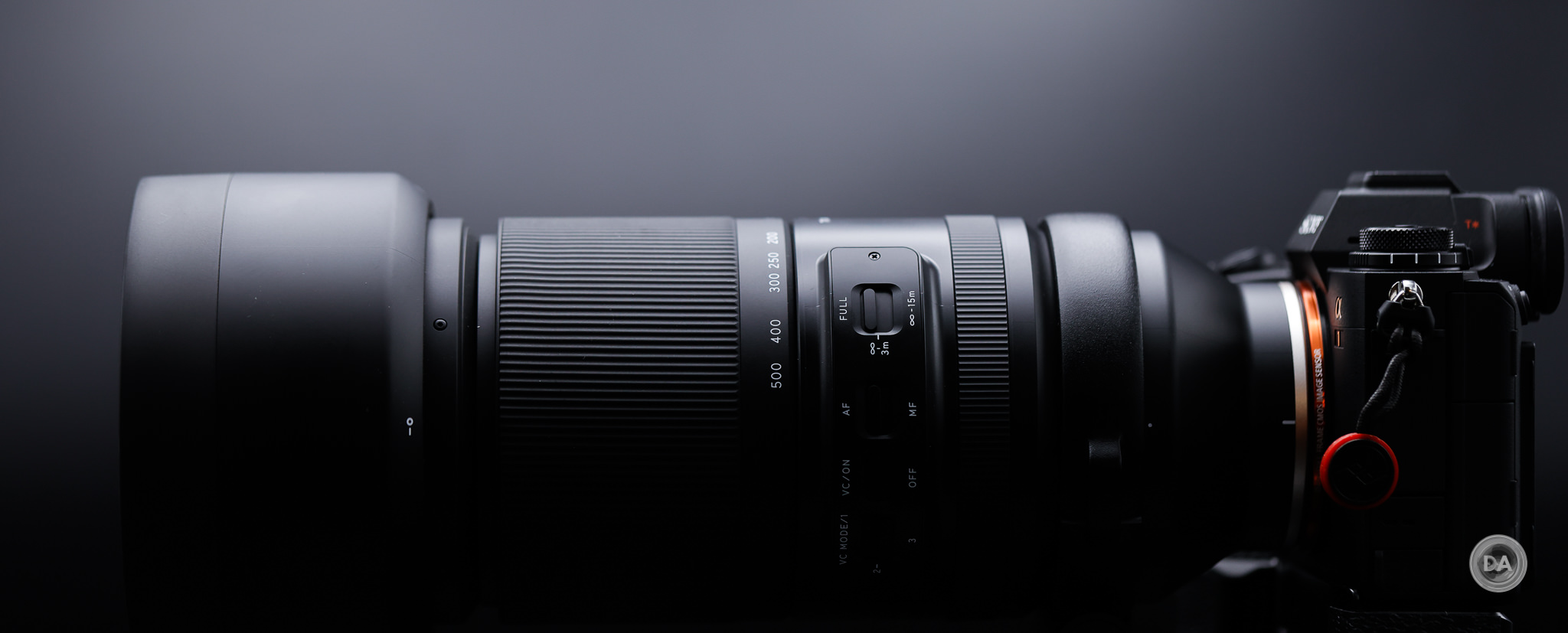

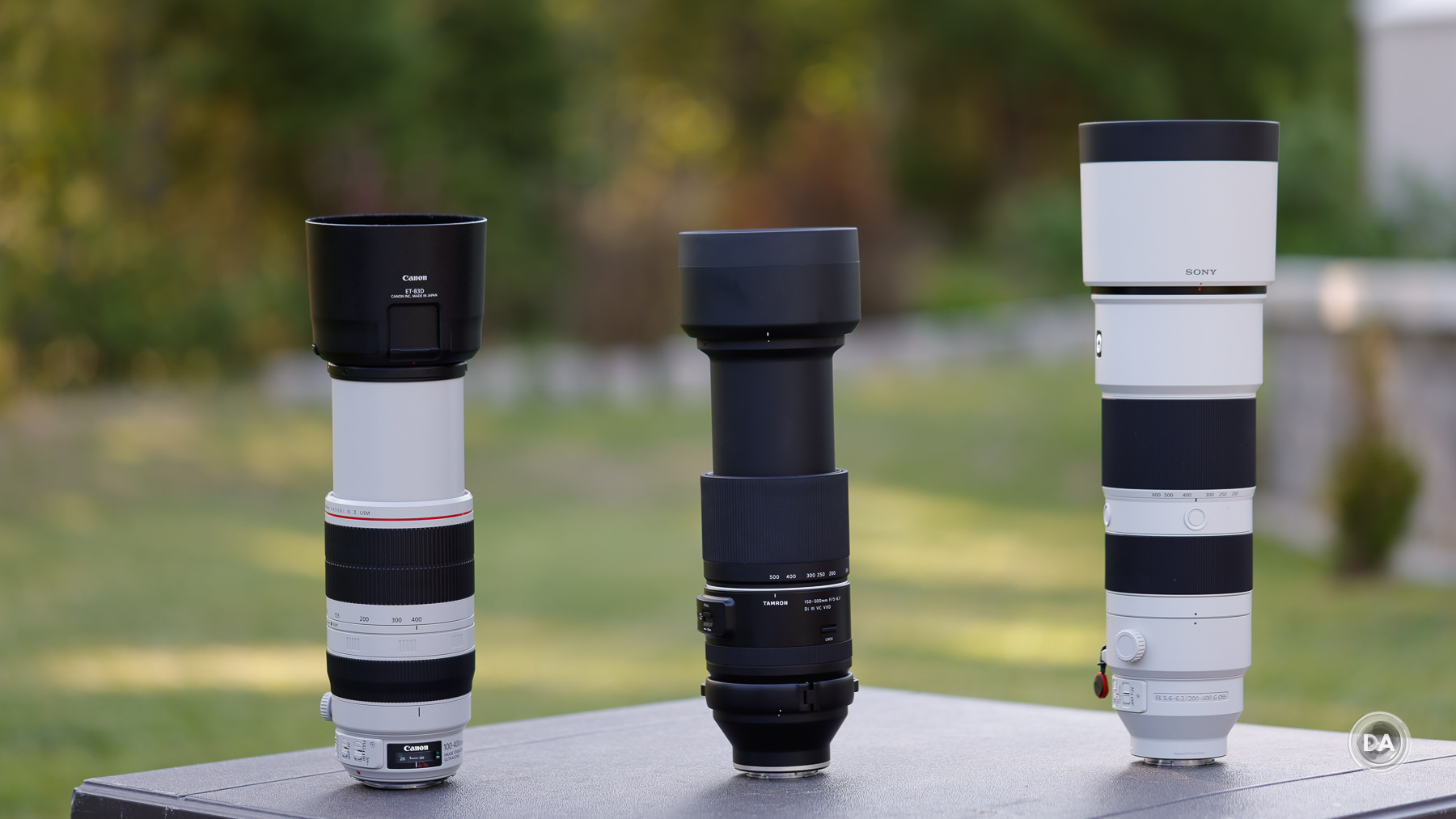

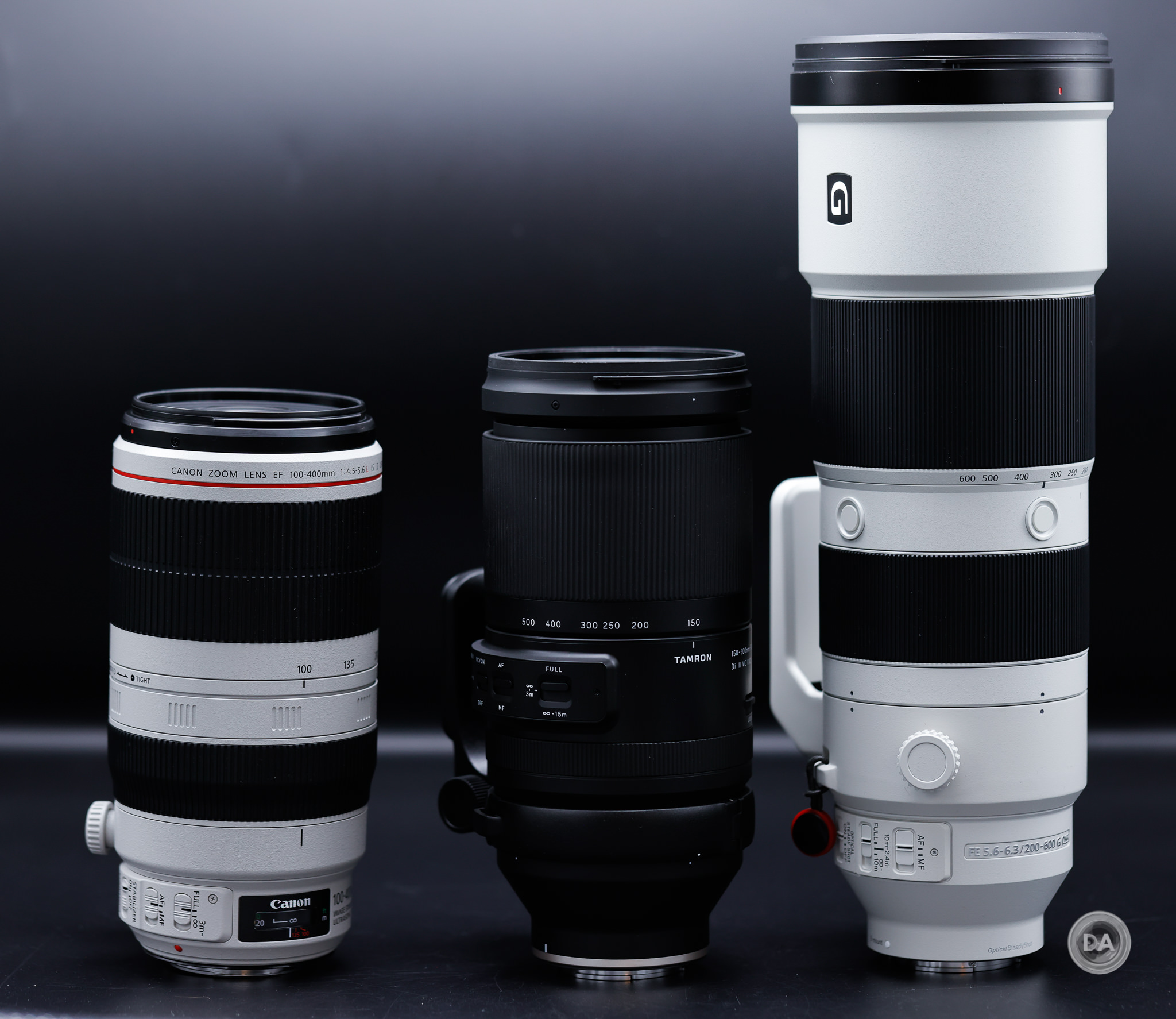
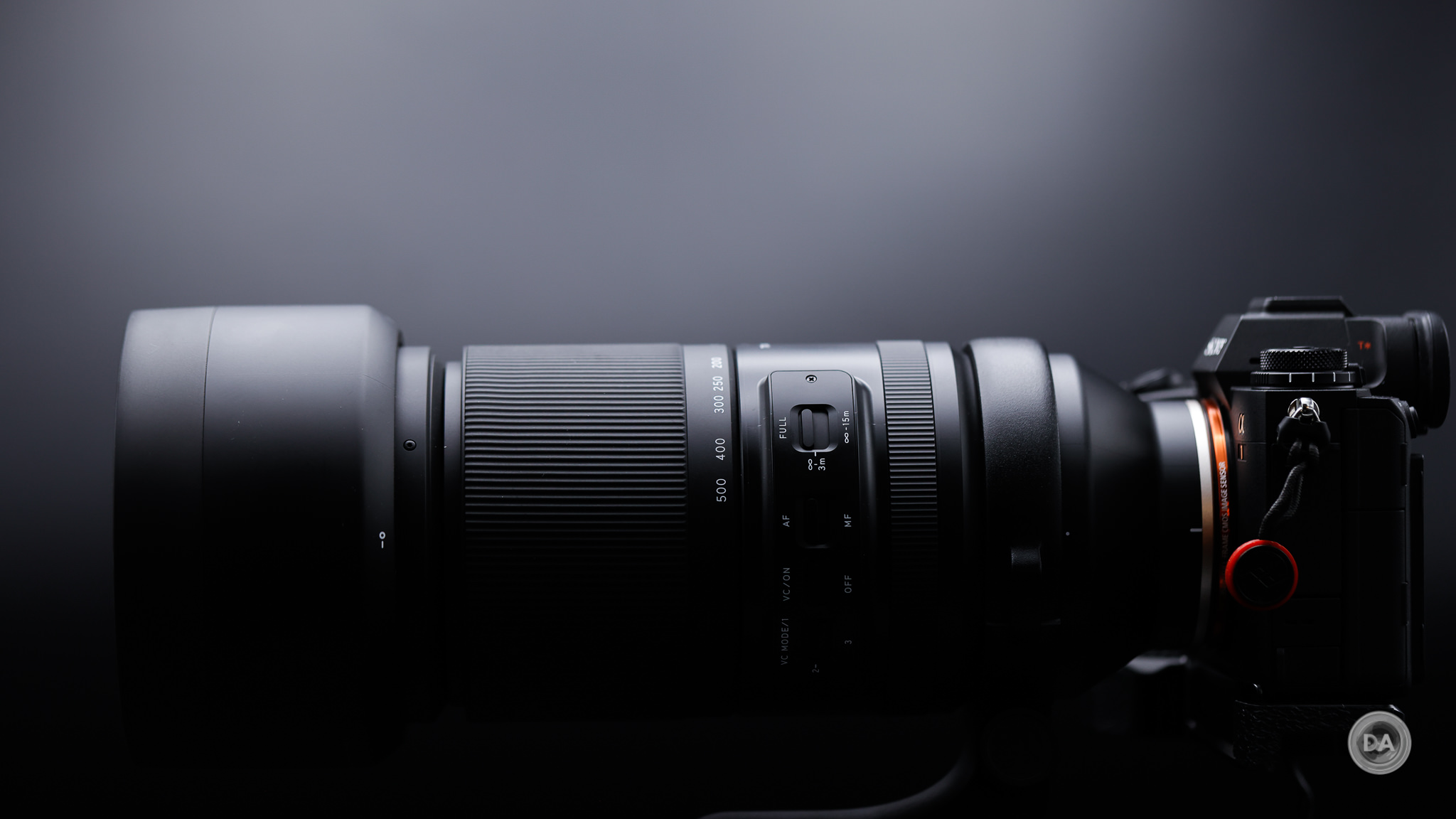

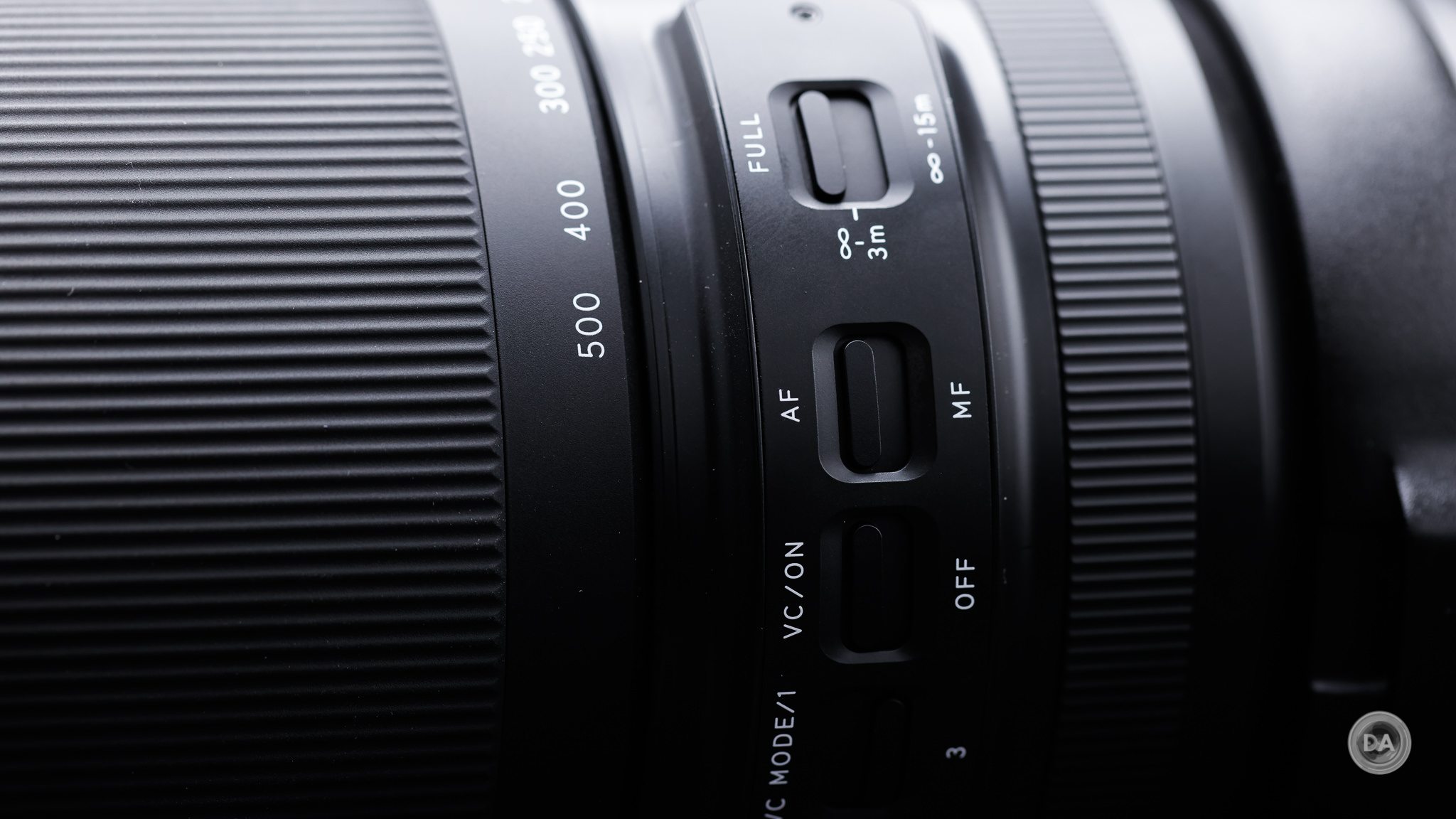


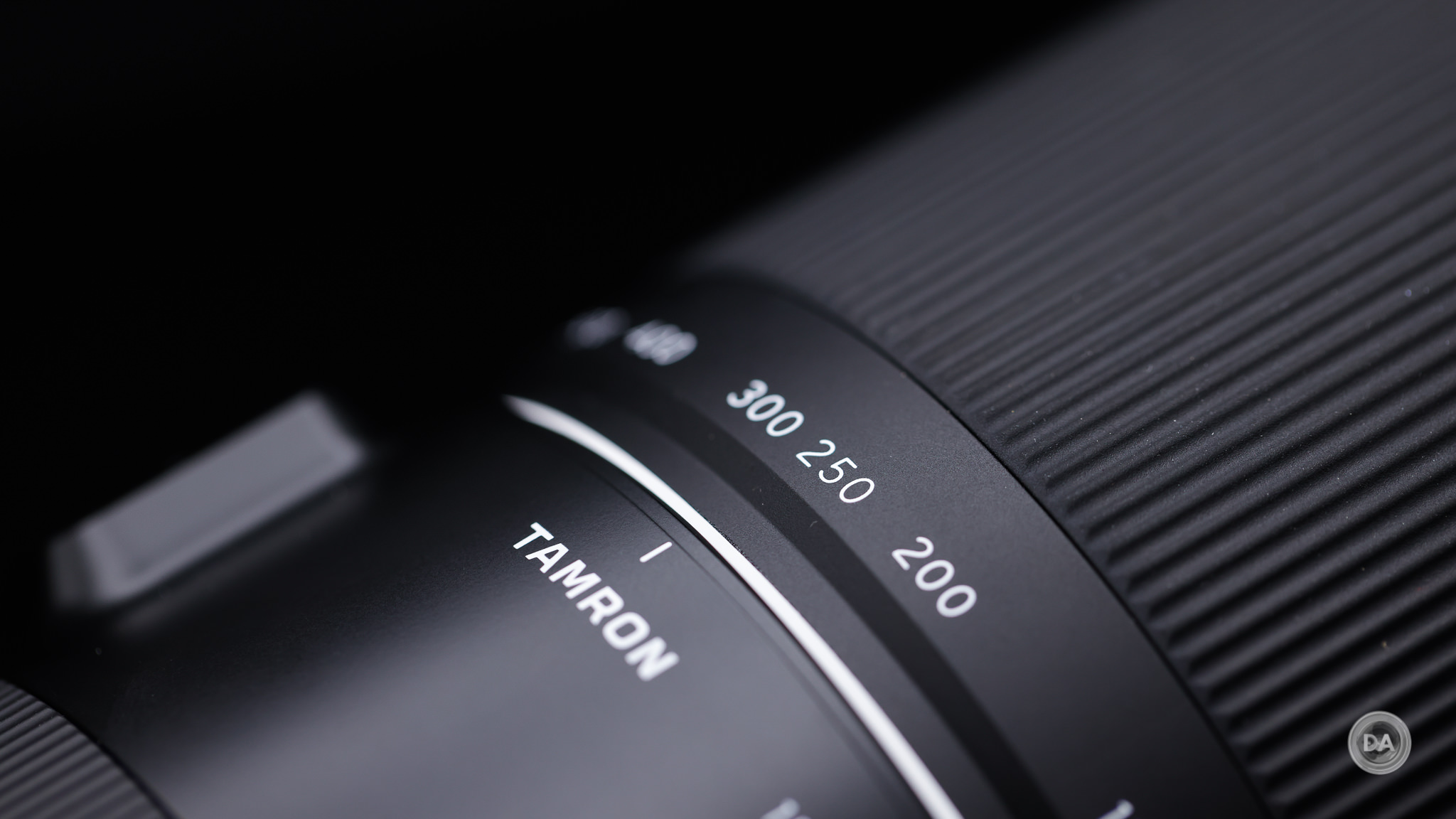
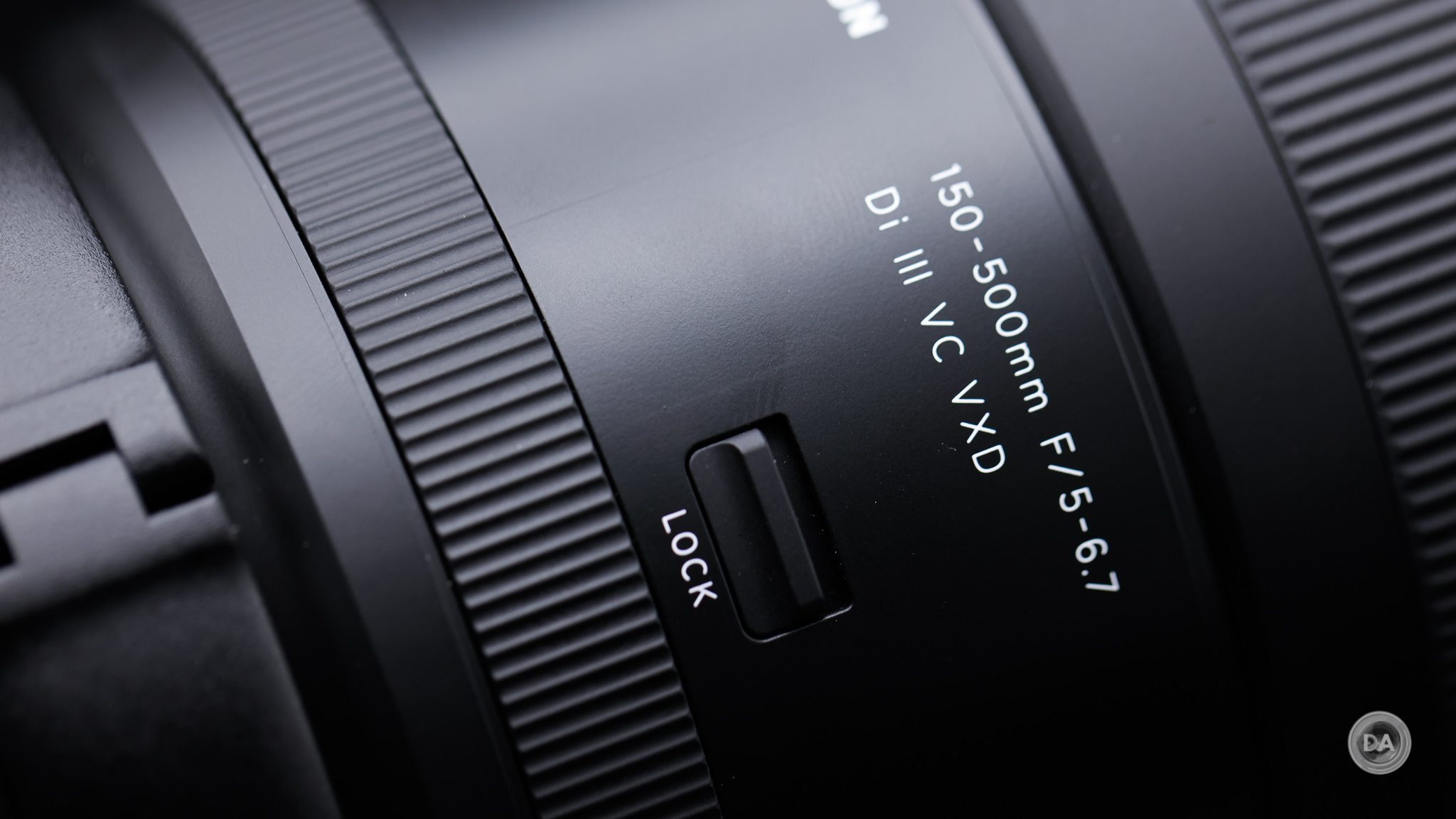



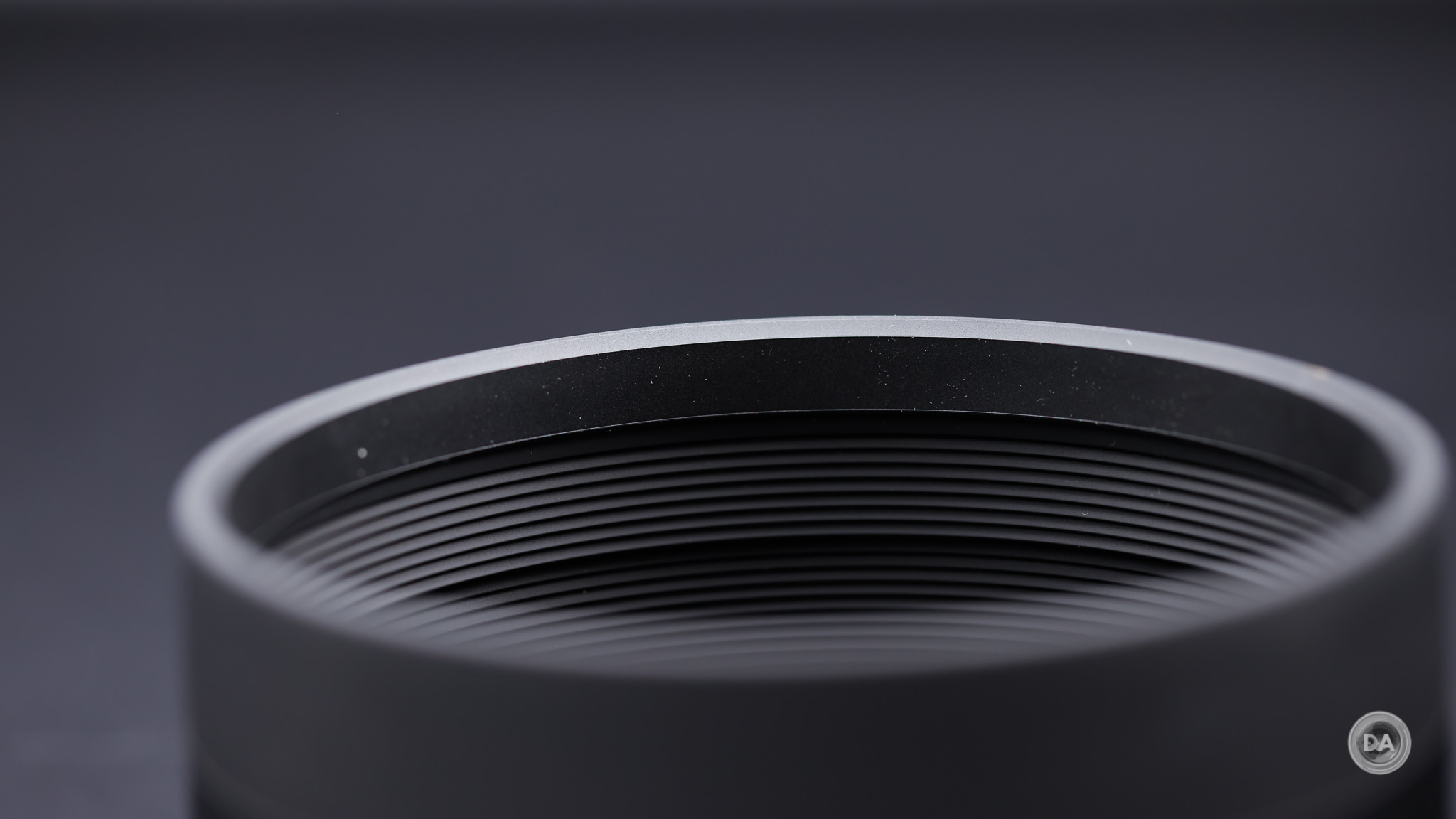




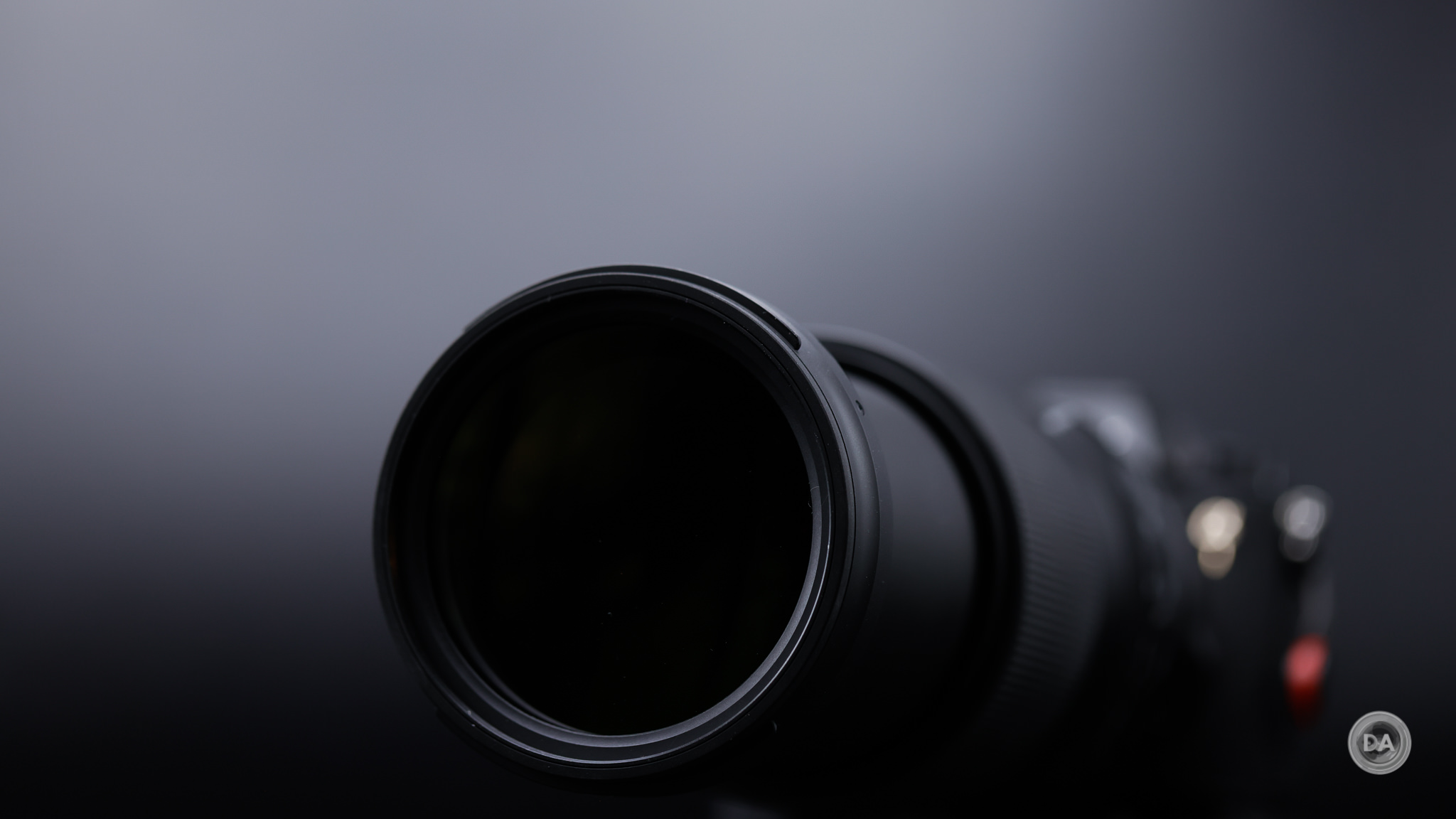
























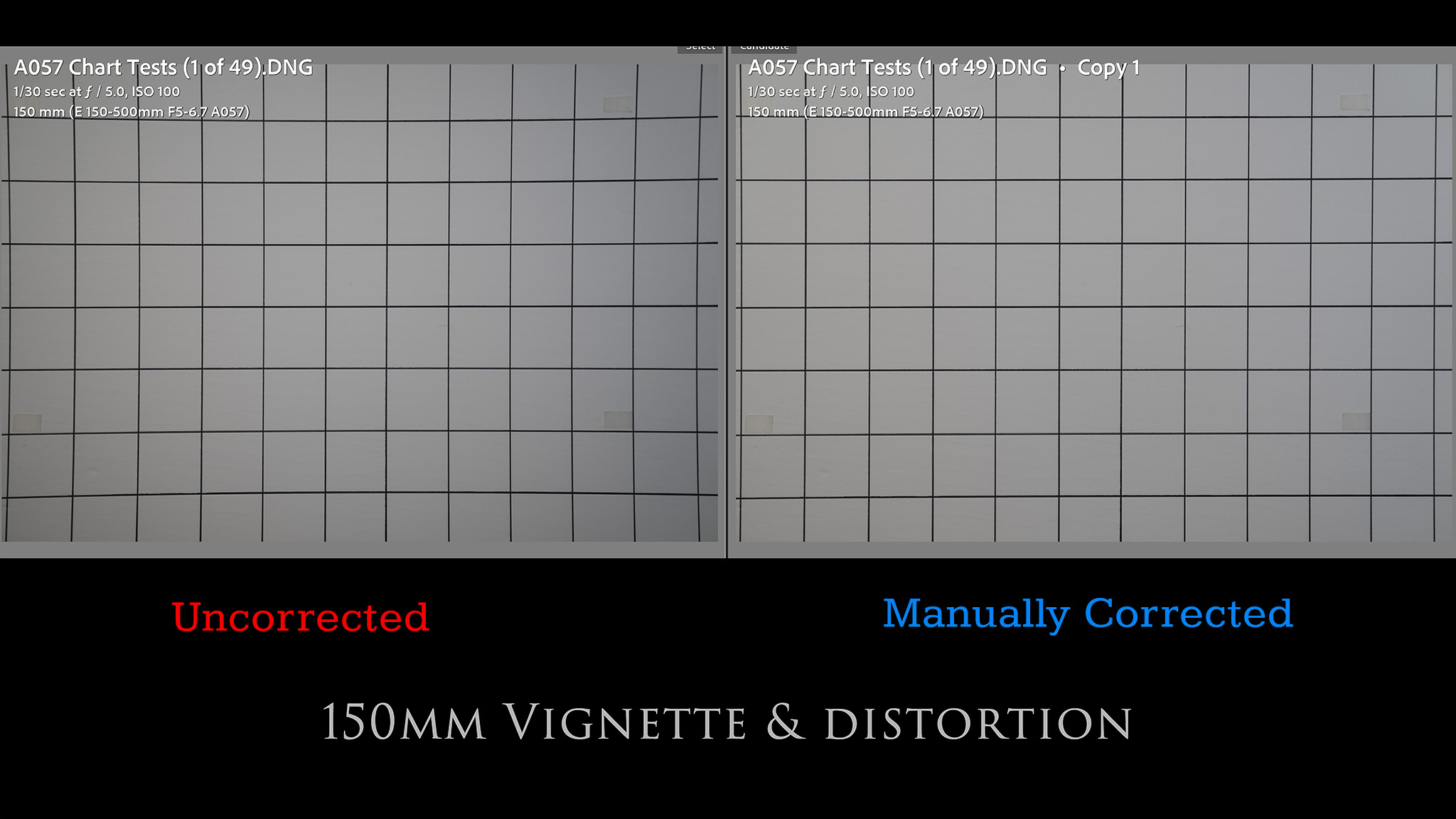
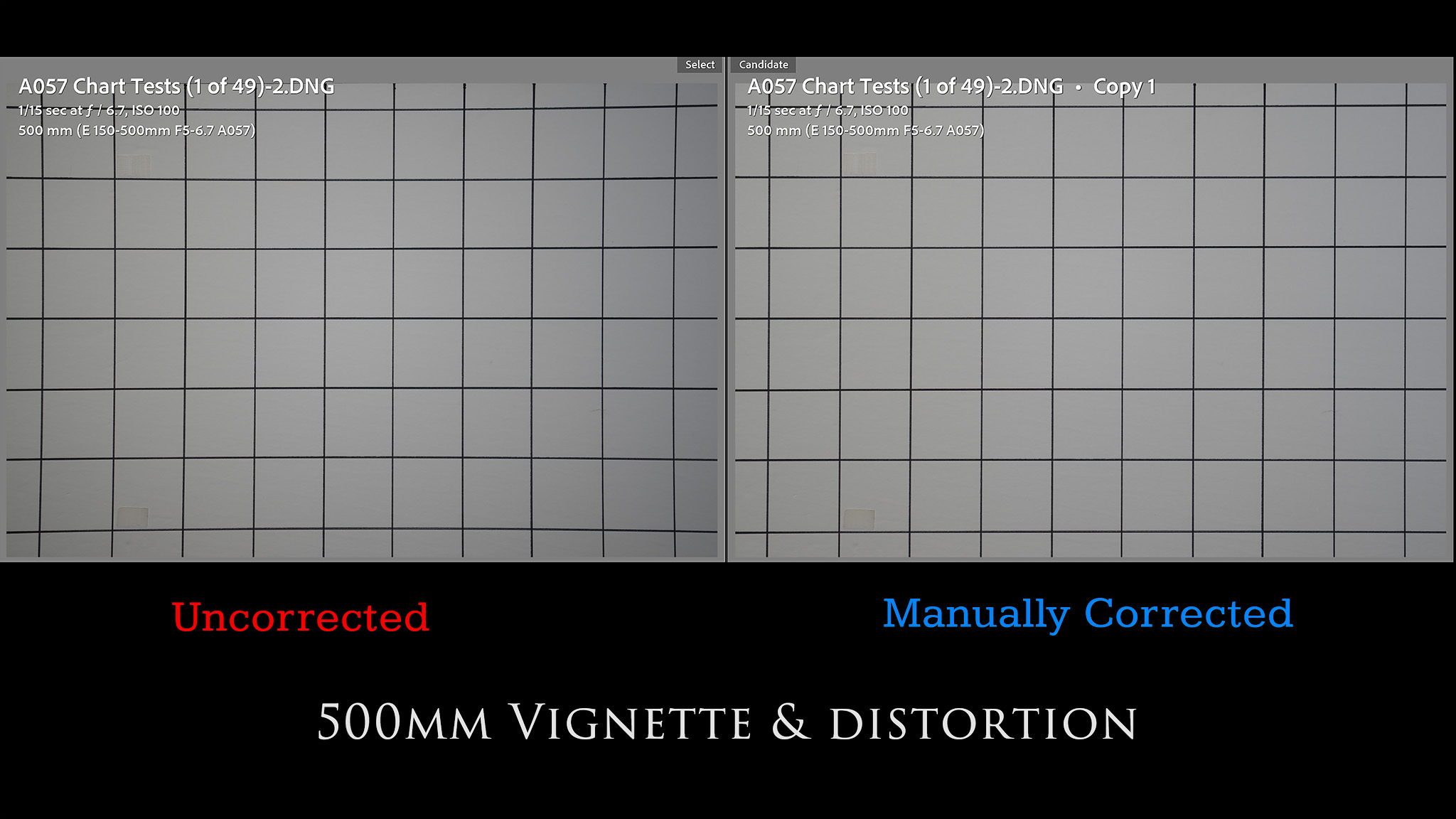


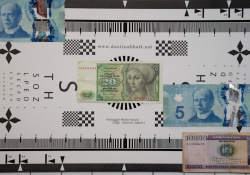


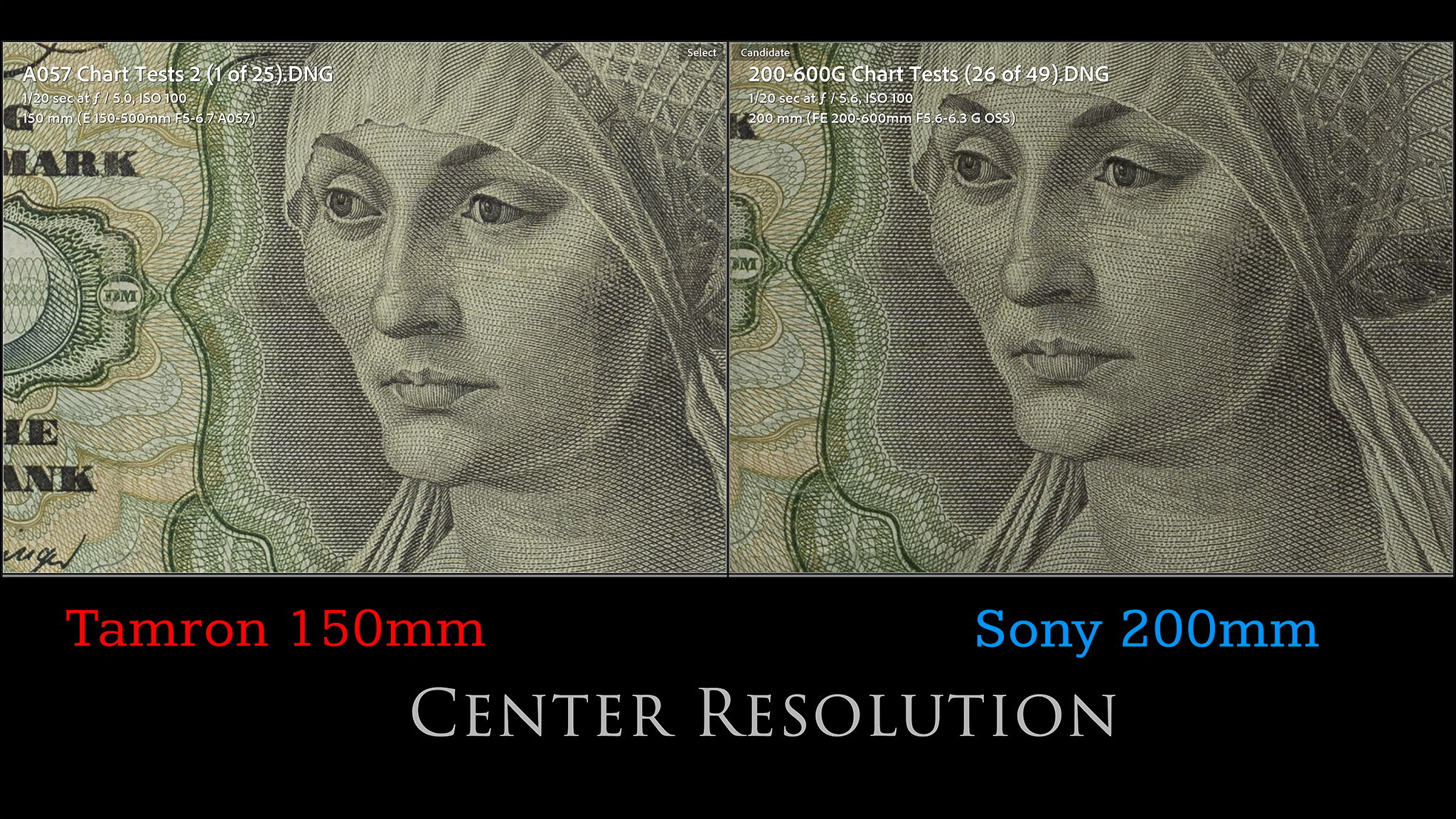
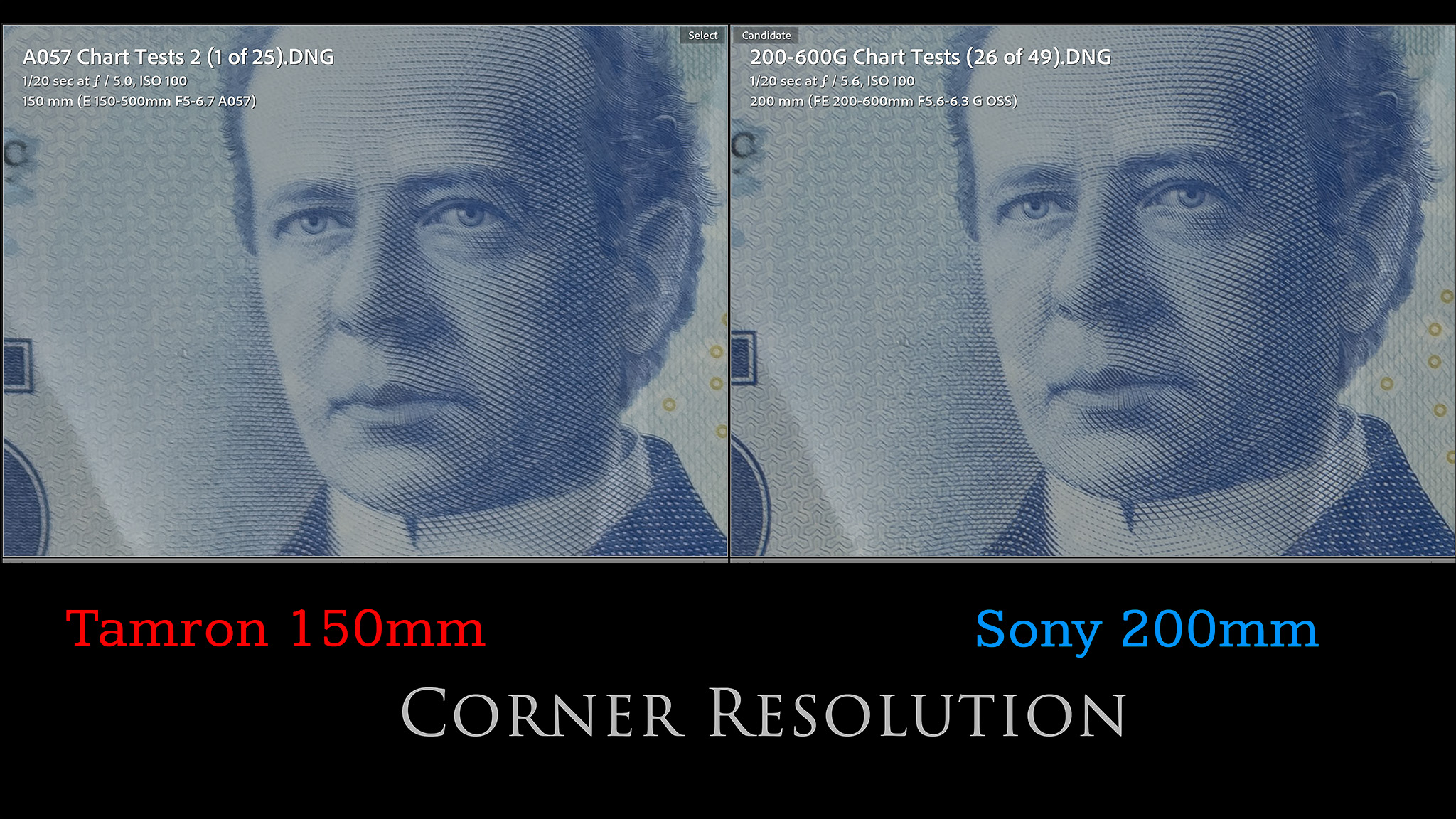
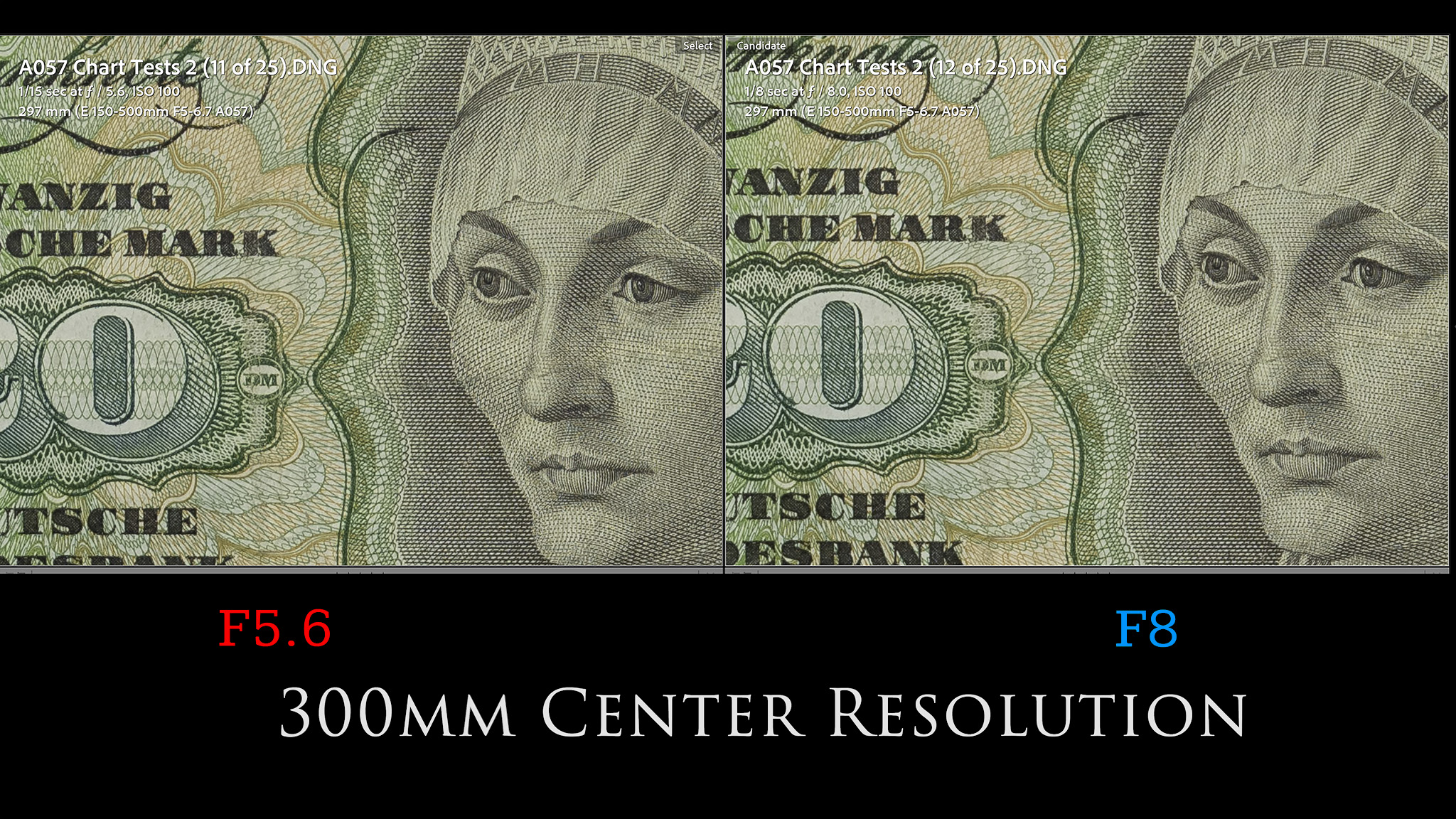

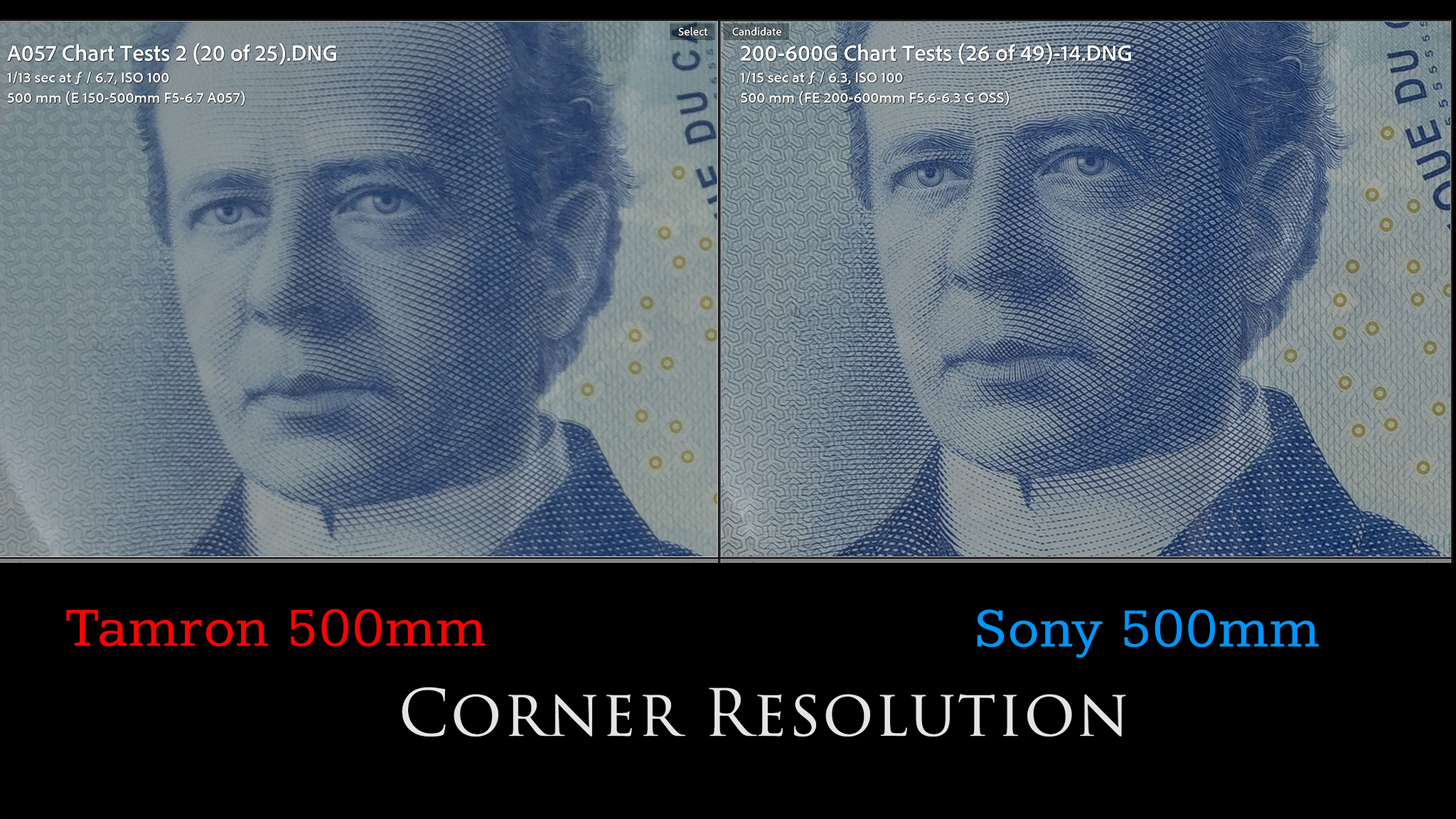









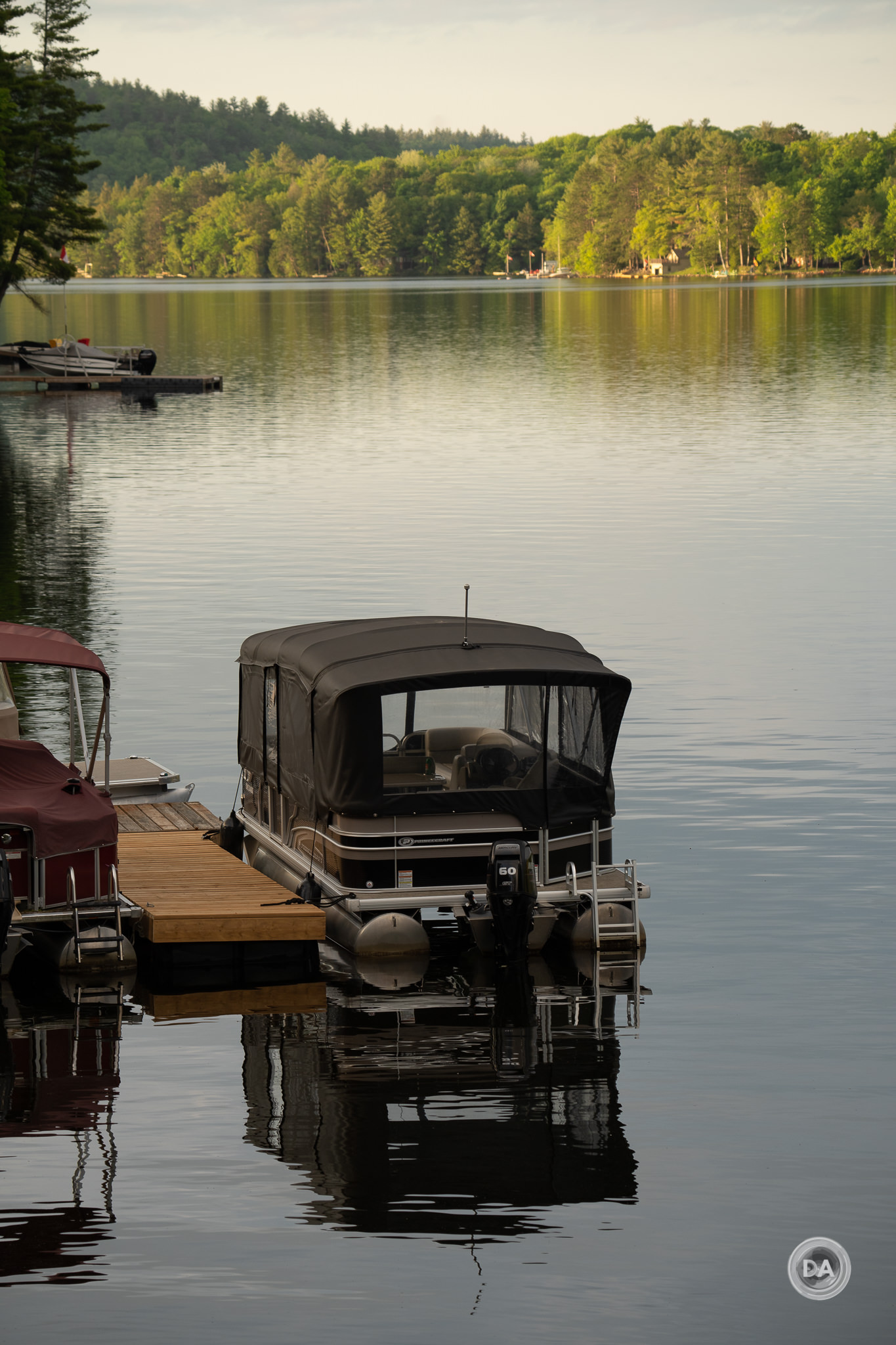


 Viltrox Pro AF 85mm F1.4 FE Gallery
Viltrox Pro AF 85mm F1.4 FE Gallery  Viltrox AF 85mm F1.4 PRO FE Review
Viltrox AF 85mm F1.4 PRO FE Review  Yongnuo YN 35mm F1.8 ART Gallery
Yongnuo YN 35mm F1.8 ART Gallery  Yongnuo YN 35mm F1.8 DA ART Review
Yongnuo YN 35mm F1.8 DA ART Review 


